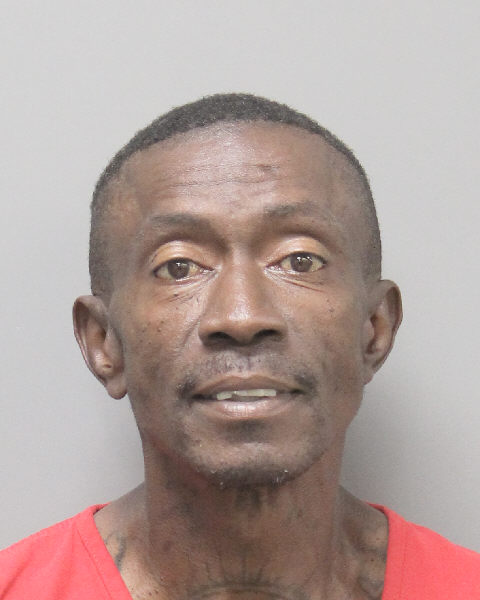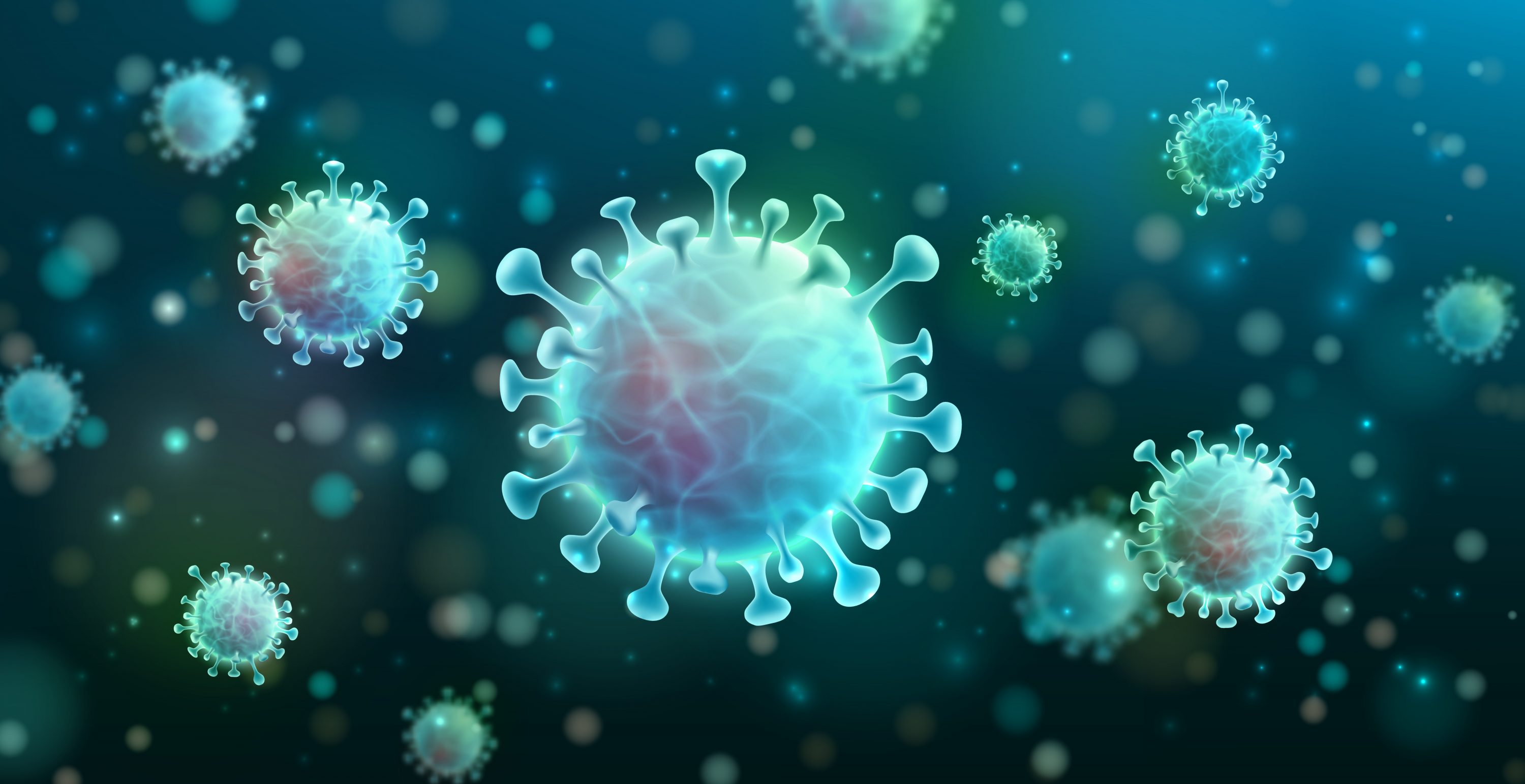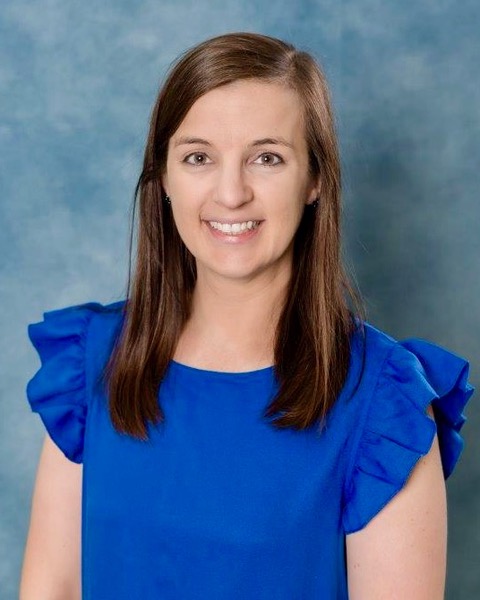
Two Shootings leave Three Injured in Houma; HPD Investigating
April 21, 2020
Two Men Arrested in Connection to Thibodaux Theft and Burglaries
April 21, 2020When figuring out our next step in battling the coronavirus, it’s important to understand where the virus came from and how it arrived in Louisiana, in particular, in New Orleans. The first confirmed case was reported in Louisiana back on March 9 – but for how long had the virus been circulating? One of the places studying the genome sequences, providing groundbreaking data, is right here in Thibodaux.
Scientists from BioInfoExperts LLC (BIE) and Ochsner Health have completed the first whole genome sequences of the SARS-CoV-2 coronavirus from the New Orleans area. By breaking down the virus to its most basic building blocks, researchers are one step closer to understanding viral spread across the state. One additional sequence originating from Baton Rouge has been released by the Centers for Disease Control.
Using viral samples collected from COVID-19 infected patients in New Orleans, BIE and Ochsner teamed up to implement FoxSeq – a cloud-based software which uses bacterial genomes to track infection through a process called “Precision Epidemiology.” Based in Thibodaux, BIE is funded to develop FoxSeq by the National Science Foundation Small Business Innovative Research Program.
Phylogenomic analysis revealed that the New Orleans and Baton Rouge genomes are closely related. The Louisiana genomes also group with other genomes mainly derived from the Northwest United States, highlighting the potential role of travel in the spread of COVID-19.
“Together, our teams are utilizing high-throughput technology and advanced analytics that will enable us to better understand and treat COVID-19. Similarly to how Ancestry.com uses human DNA to find out where people come from, we are studying the building blocks or RNA of this specific virus to find out how it compares to the larger global epidemic,” said Susanna Lamers, CEO of BIE.
After Ochsner research scientist Dr. Amy Feehan and Ms. Lamers met in February at a New Orleans BioInnovation Center event, and in considering the burgeoning pandemic, BIE quickly pivoted its existing technology in collaboration with Ochsner to better understand COVID-19 progression in critical care patients.
Unlocking the virus’ code provides researchers with a key puzzle piece needed to identify treatment therapies to help communities hit hard by the spread of COVID-19. In addition to experiencing some of the highest per-capita rates of COVID-19 infection, New Orleans has a high rate of co-morbidities, including hypertension, diabetes and obesity, which are associated with significant health complications from COVID-19.
“Pathogen genomics is a powerful tool to learn how the viral epidemic evolved in our state and also how the virus impacts a patient’s innate microbial populations, which may be associated with immune failure,” said Lamers. “Researchers have found that many critical patients develop additional bacterial infections leading to pneumonia. There may be microbial markers present in those infected that will help identify which patients will progress to a more critical disease. New technologies and new ways to evaluate patients are required to understand the microbial landscape in patients, which may lead to novel therapies and testing strategies.”
Ochsner currently has more than 30 clinical studies and trials for COVID-19 treatment underway. Ochsner was the first organization in Louisiana to launch in-house testing capabilities in March.







